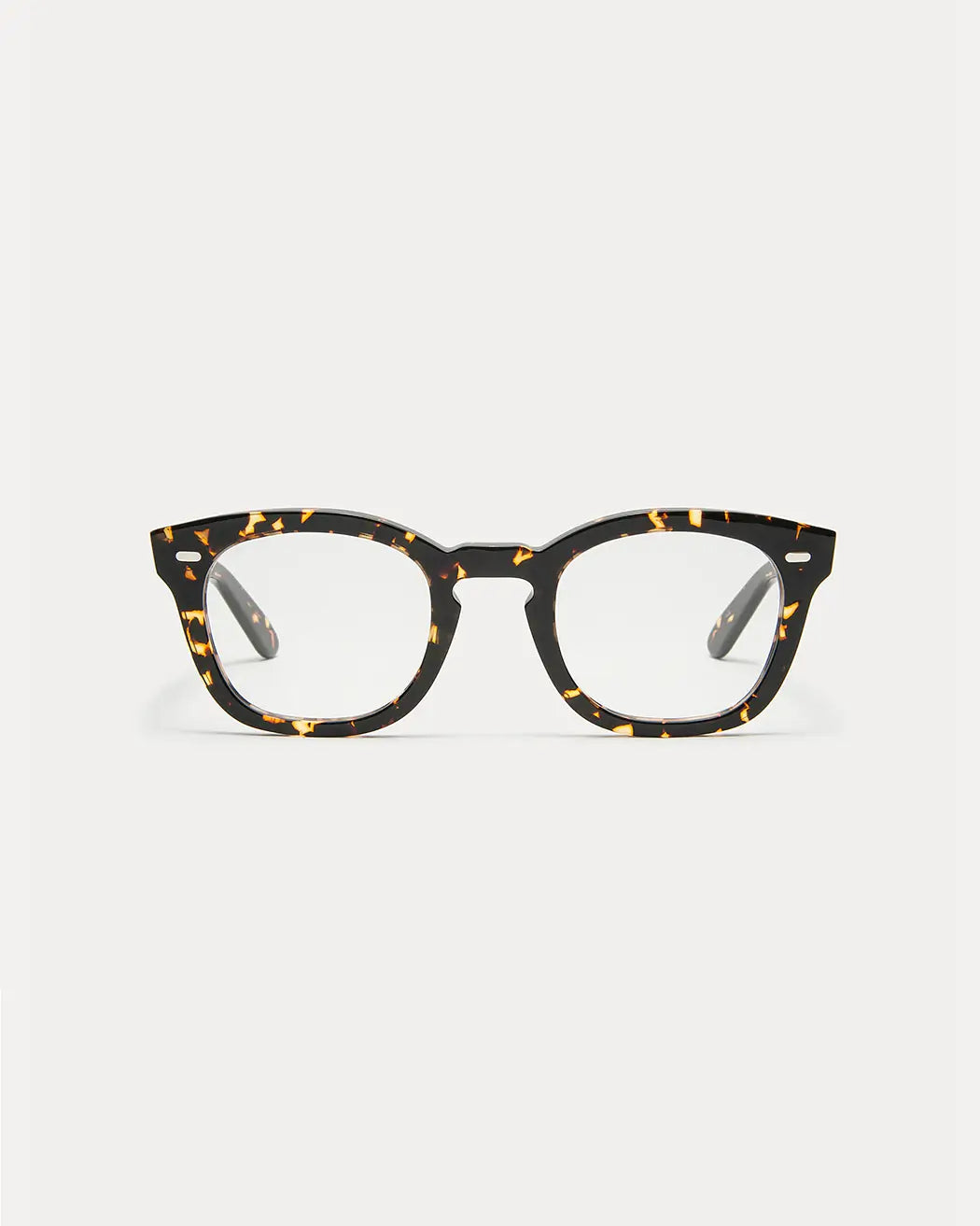Kids With Autism See Optical Illusions Differently

Visual optical illusions are fascinating examples of how our brain interprets visual information. The popular image with two silhouettes facing each other, which also creates an apple in the negative space, is a classic example. However, recent research suggests that the brain's ability to process these visual distinctions may not happen the same way in children with autism spectrum disorder.
Led by Emily Knight and her team at the University of Rochester Medical Center, which investigated the differences in visual processing between children with and without autism, researchers continued their work with brain perception in kids with autism.
How Our Brain Sees
The brain's ability to interpret visual information is essential in helping us interact with our environment. When we view an object or picture, our brains use processes that consider our experience and contextual information to help anticipate sensory inputs, address ambiguity, and fill in the missing information.
Knight and her fellow neuroscience researchers used optical illusions, specifically groups of Pac-Man-shaped images that create the illusion of a shape in the empty space, to investigate the differences in visual processing between children with and without autism.
The study involved 60 children aged seven to 17 with and without autism.
Using electroencephalography (EEG) to record the response of neurons in the brain, a non-invasive neuroimaging technique, the researchers showed that children with autism did not automatically process the illusory shapes as well as children without autism. It suggests that something is going awry in the feedback processing pathways in their brain.

Perception and Autism
Knight's past research, published in Molecular Autism, found that children with autism may not be able to see or process body language like their peers, especially when distracted by something else. The study involved videos of dots that moved to represent a person. As part of the experiment, the dots changed color. Unlike in typical development, the brains of children with autism did not appear to notice the human movement when told to focus on the color. They had to pay specific attention to the human movement for their brains to process it well.
The findings suggest that children with autism may not be able to do the same predicting and filling in of missing visual information as their peers. This may relate to the atypical visual sensory behaviors that we see in some children on the autism spectrum. Therefore, the researchers aim to continue this work with people on the autism spectrum who have a wider range of verbal and cognitive abilities and with other diagnoses such as ADHD.
Collaboration is vital in tackling complex neurodevelopmental diseases, such as autism. The University of Rochester is one of about a dozen Intellectual and Developmental Disabilities Research Centers (IDDRC) designated by the National Institute of Child Health and Human Development (NICHD) as a national leader in research for conditions such as autism, Batten disease, and Rett syndrome. Knight and fellow researchers in both studies collaborated with fellow IDD researchers at the Rose F. Kennedy Intellectual and Developmental Disabilities Research Center (RFK-IDDRC) at Albert Einstein College of Medicine.
"As scientists, we always need to pace ourselves. Research is a marathon – not a sprint. But being able to collaborate affords us time, space, and materials we may not otherwise have access to," said John Foxe, PhD, senior author on both studies and co-director of the UR-IDDRC. "This recent work is a wonderful example of this. We can increase our pace in the marathon by collaborating with others on the IDDRC team."
The research by Emily Knight and her team sheds light on the differences in visual processing between children with and without autism. The findings suggest that kids with autism may not be able to do the same predicting and filling in of missing visual information as their peers, which may relate to the atypical visual sensory behaviors we see in some children on the autism spectrum.




